Reviews
The Sound of Invention
Peter Esmonde
USA, 2009
Credits
Review by Katherine Follett
Posted on 08 May 2009
Source 35mm print
Categories The 2009 Independent Film Festival of Boston
The composer/artist Trimpin is a singular human being—ideal subject for a documentary. Less a true composer than a visual and sound artist who constructs one-of-a-kind musical instruments that usually play themselves, Trimpin is an affable genius whose most notable characteristic is his insatiable curiosity for new sound.
Over the course of the film, we watch Trimpin prepare several large music projects and installations, most of them created with junk, toys, or broken or discarded instruments along with acres of cable and robotics. While dusting off some discarded television tubes he plans on using as bells, he finds that when rubbed the right way, they sing with a multi-layered resonance, like a glass harmonica, and the project veers in a totally new direction. While working with Kronos Quartet, no strangers to experimentation, the classical musicians seem almost frustrated with Trimpin’s commitment to following any new whim. Throughout the film, Trimpin wanders around with his head up, ears almost visibly scanning for sound, like a hunting cat’s. One can’t help leaving the theater newly attuned to all the noises around you, wondering how they might be made into music.
Trimpin says that his interest in peculiar, automatic methods of making sound originated in the cuckoo clocks and ornate motorized music boxes of his Bavarian childhood. And we see him visiting the lovely pastoral fields and cozy taverns of his youth. But other than a few details about his interests as a child, the documentary delves little into Tirmpin’s interior life, his motivation, or his inspiration besides the physical reality of the world’s sounds. This leaves the film feeling a bit shallow. By the end of the film, we come away knowing basically nothing about where Trimpin gets his ideas, how he executes them, or whether or not he edits them—it seems that Trimpin’s work could almost be random improvisation that miraculously results in genius. Beyond the shots of his German hometown and the news that he wasn’t a good student, there is exactly nothing about Trimpin’s personal life (marriage, children, friends, current home, how exactly he came to be able to make a living doing this)—and perhaps this was not the intention of the documentary. While Trimpin’s childlike glee in the world’s sounds is contagious and inspiring, I found much of this film, like some of Trimpin’s resulting music, to be a bit too intellectual, too mechanical, and lacking in some human warmth. But also, like his music, the film was awe-inspiring, fascinating, and delightful. Trimpin states that he loathes the idea of recording and replaying music—that sounds belong in the air and space surrounding the object that made them. Given that there’s no way to preserve Trimpin’s art other than through the physical objects he builds, this film is valuable simply because it acts as an inadvertent reproduction of this man’s remarkable work.
More The 2009 Independent Film Festival of Boston
-
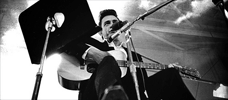
Johnny Cash at Folsom Prison
2008 -

I Need That Record!
2008 -

Children of Invention
2009 -
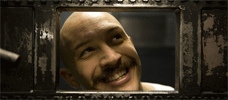
Bronson
2009 -
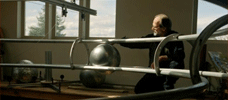
Trimpin
2009 -

Invisible Girlfriend
2009 -

500 Days of Summer
2009 -

Pontypool
2008 -

Children of Invention
2009 -

Unmistaken Child
2008 -

Big Fan
2009 -
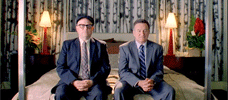
World’s Greatest Dad
2009 -

Nollywood Babylon
2008 -
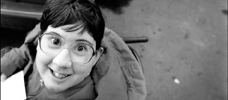
Shooting Beauty
2009 -

I Knew It Was You
2009 -
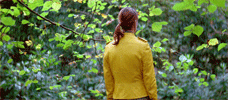
Helen
2008 -

Prom Night in Mississippi
2008 -

The Lost Son of Havana
2009 -

Mine
2009 -

Stingray Sam
2009
We don’t do comments anymore, but you may contact us here or find us on Twitter or Facebook.



